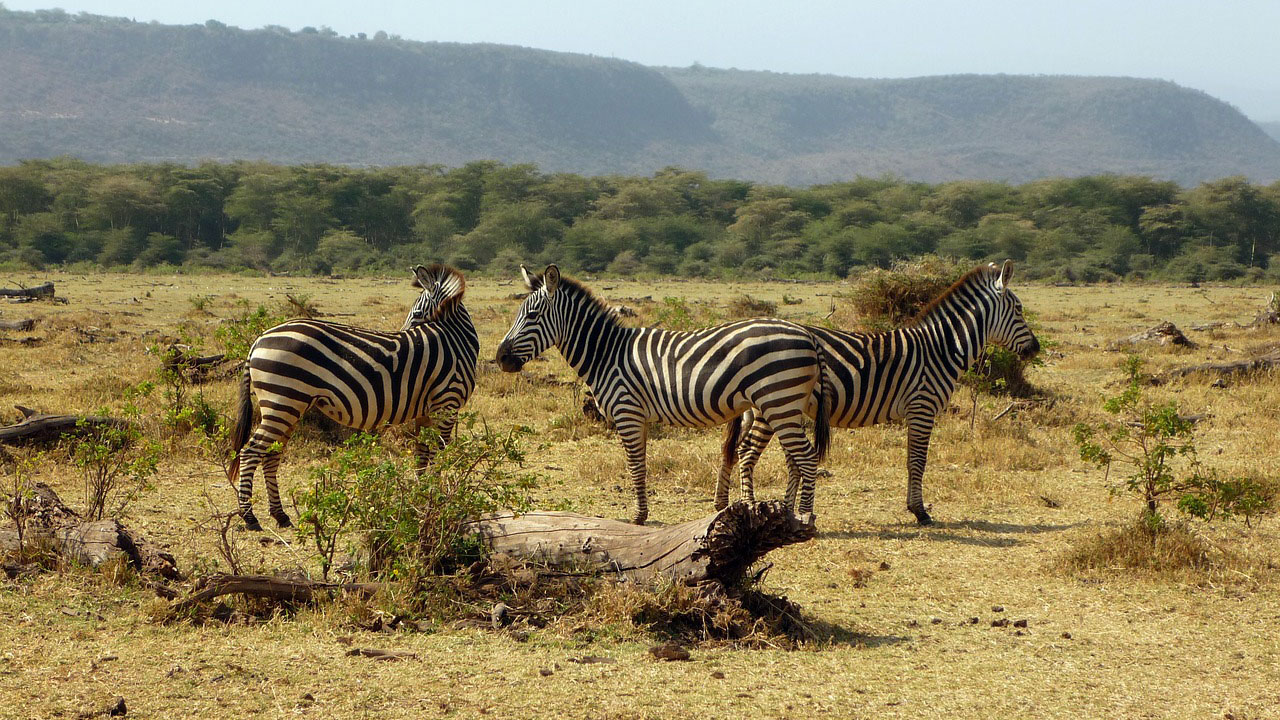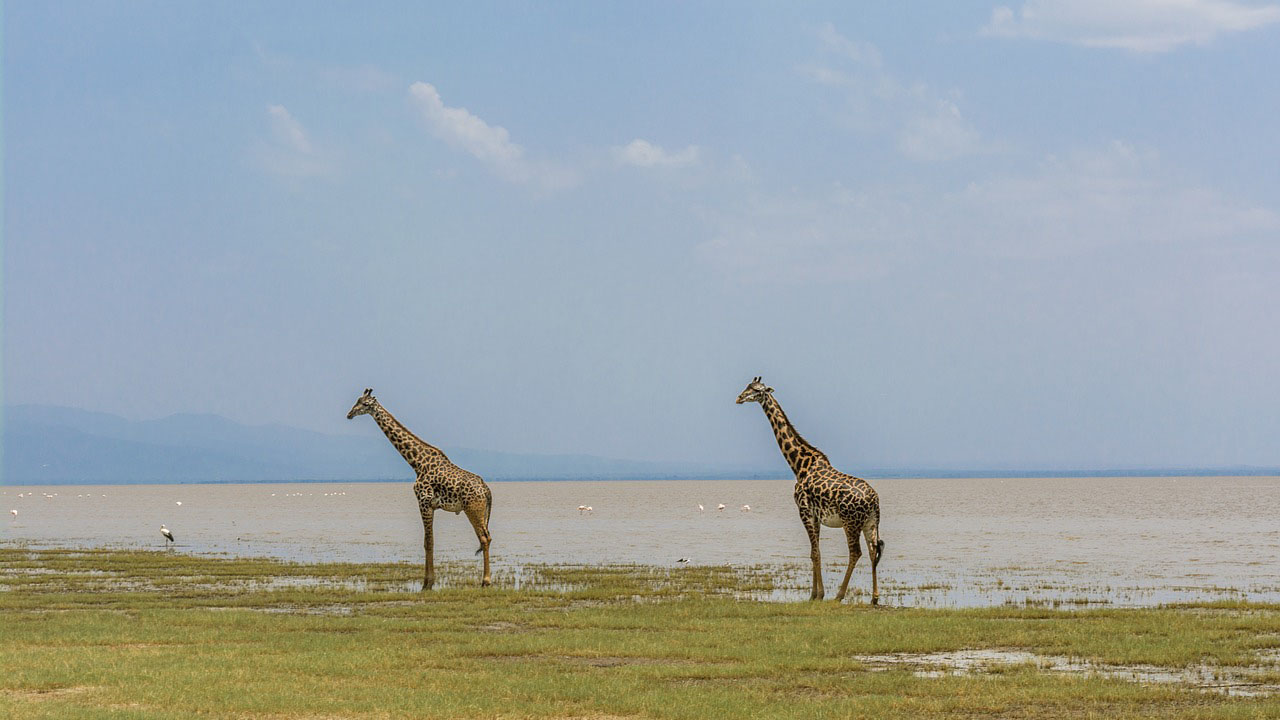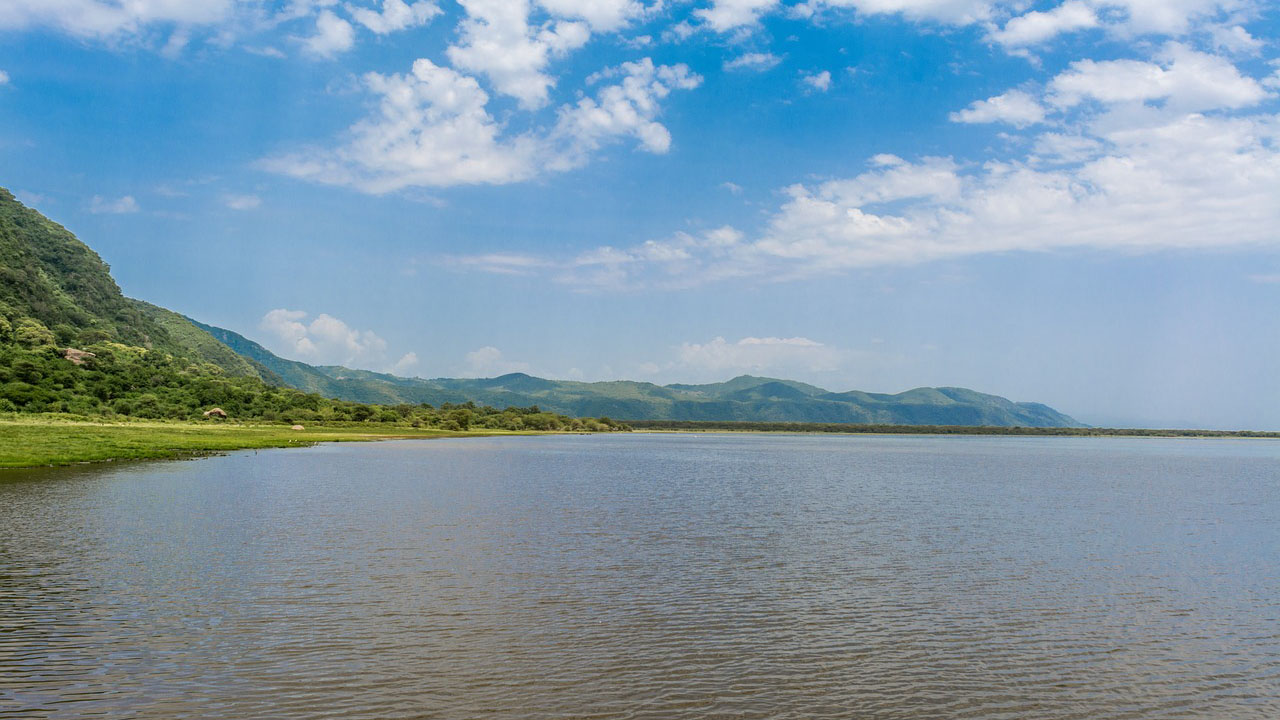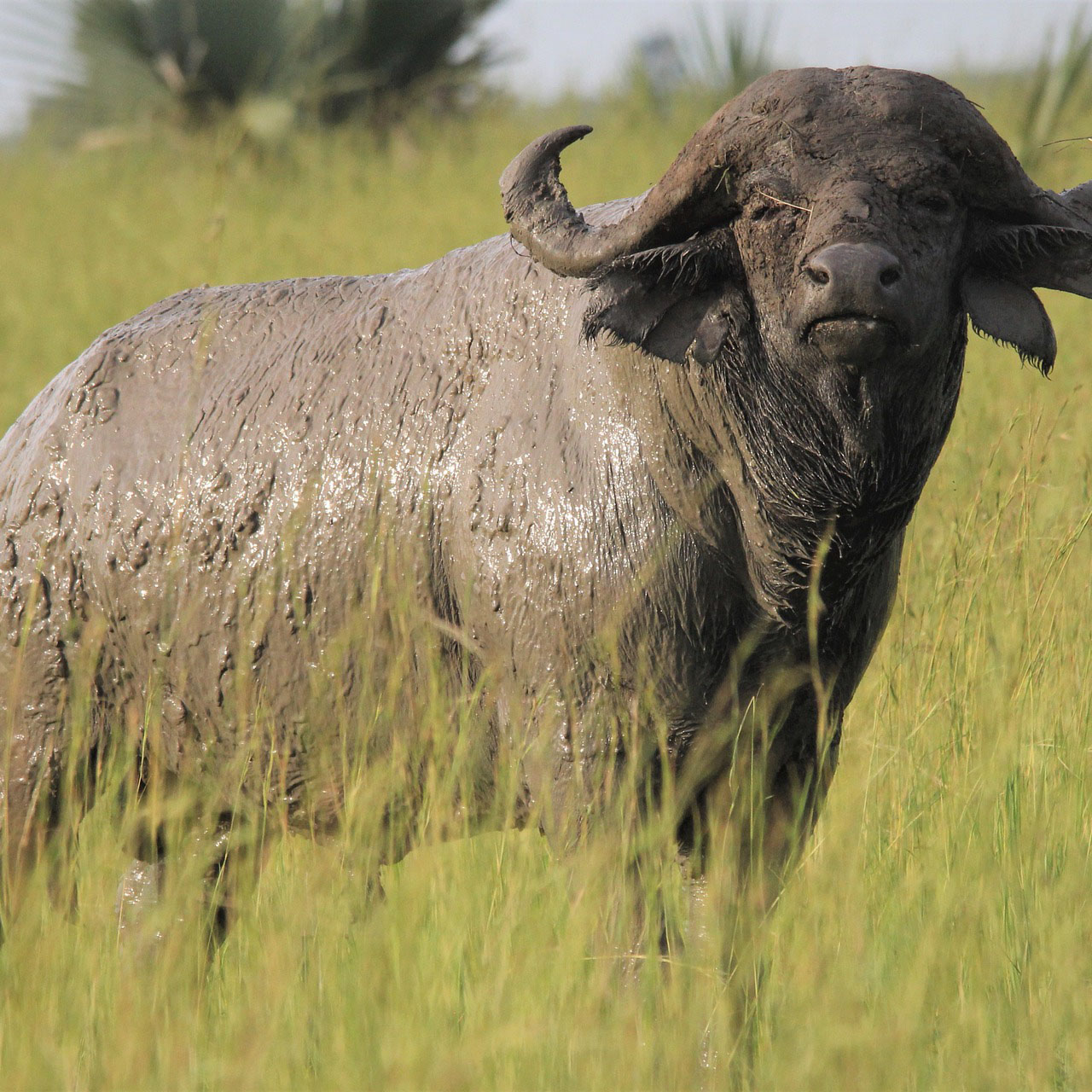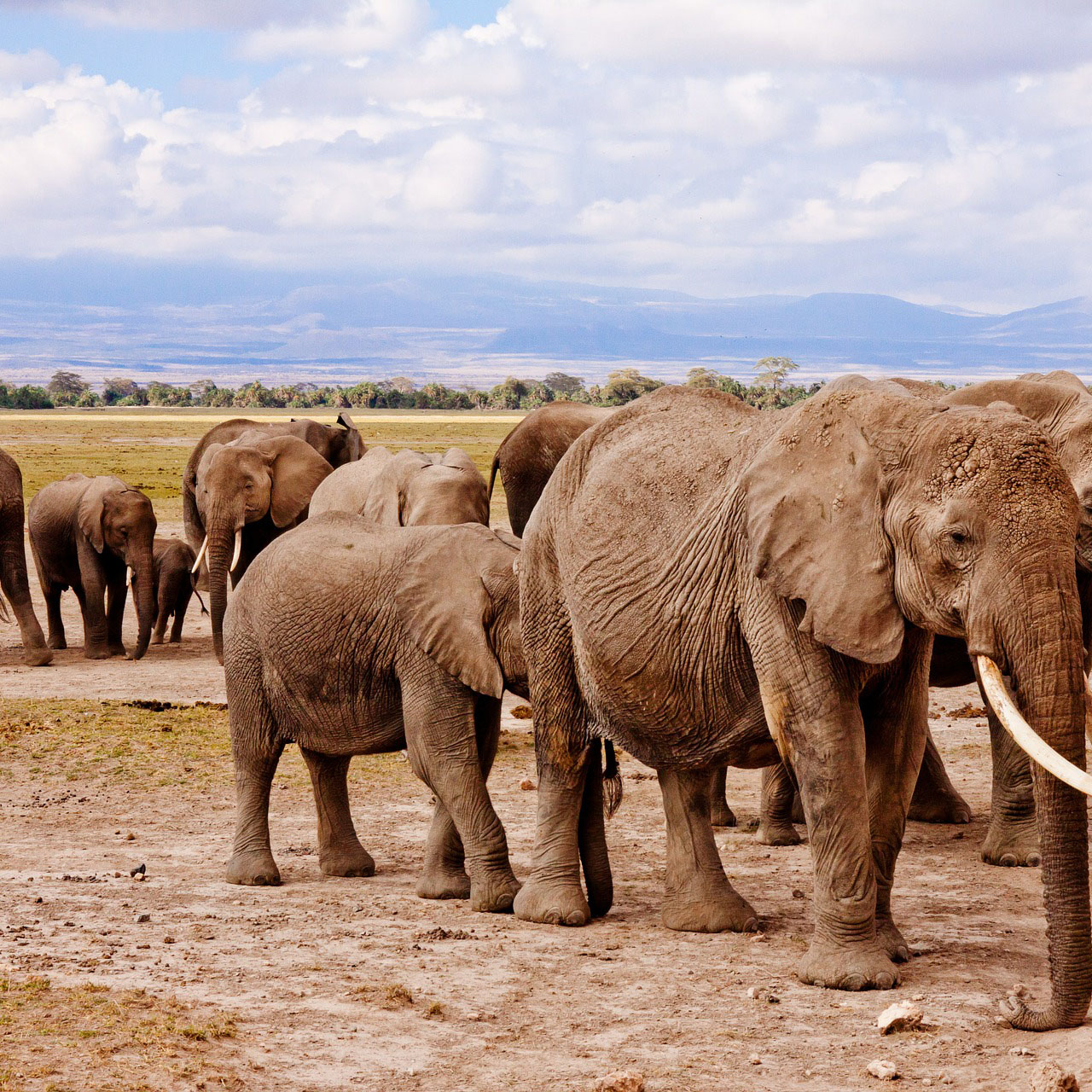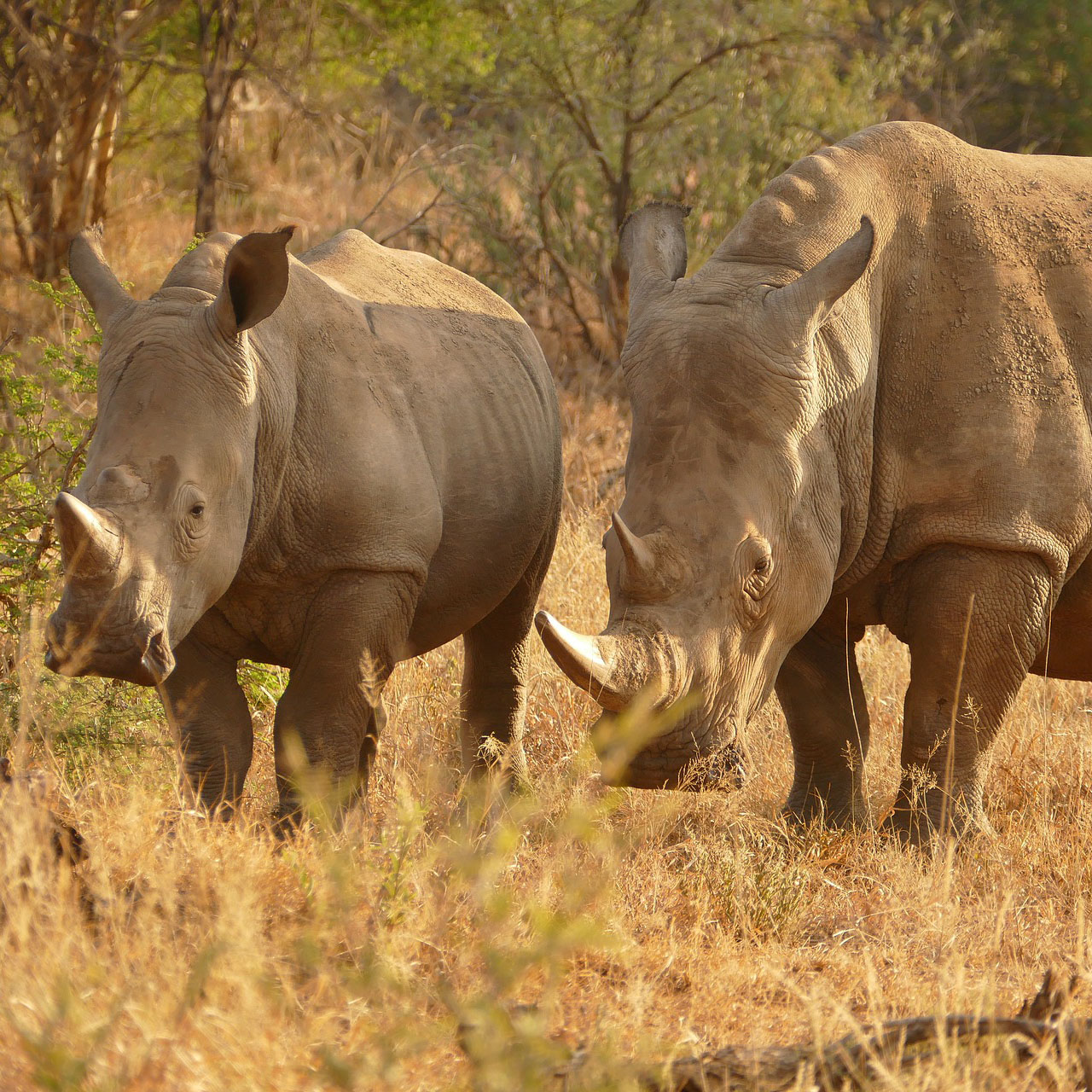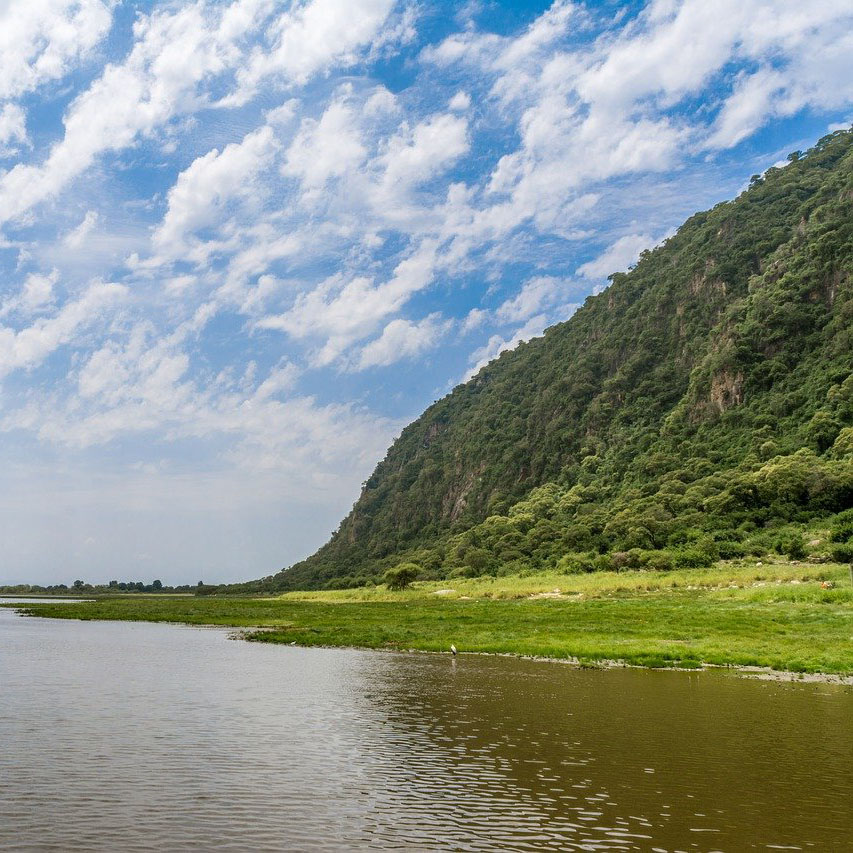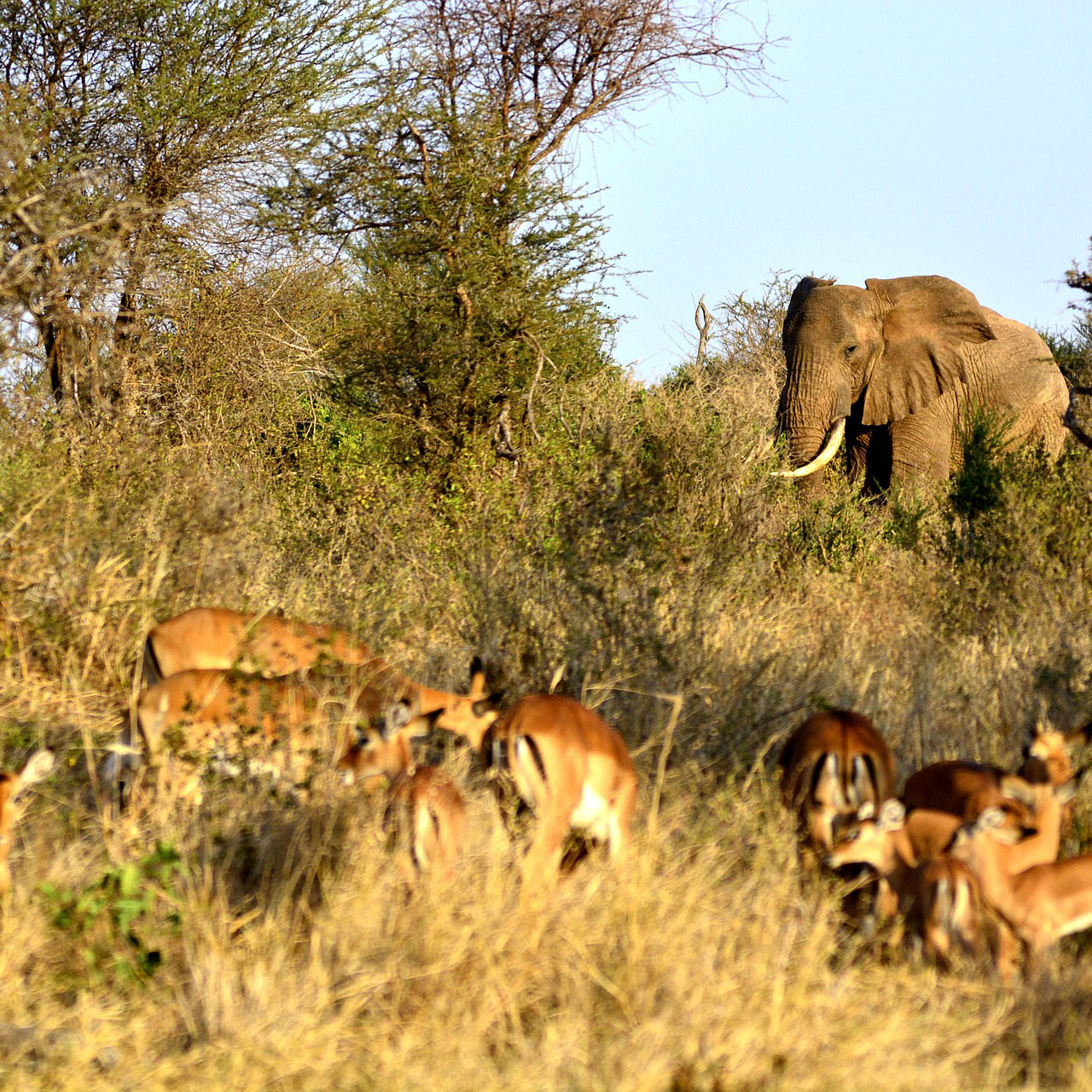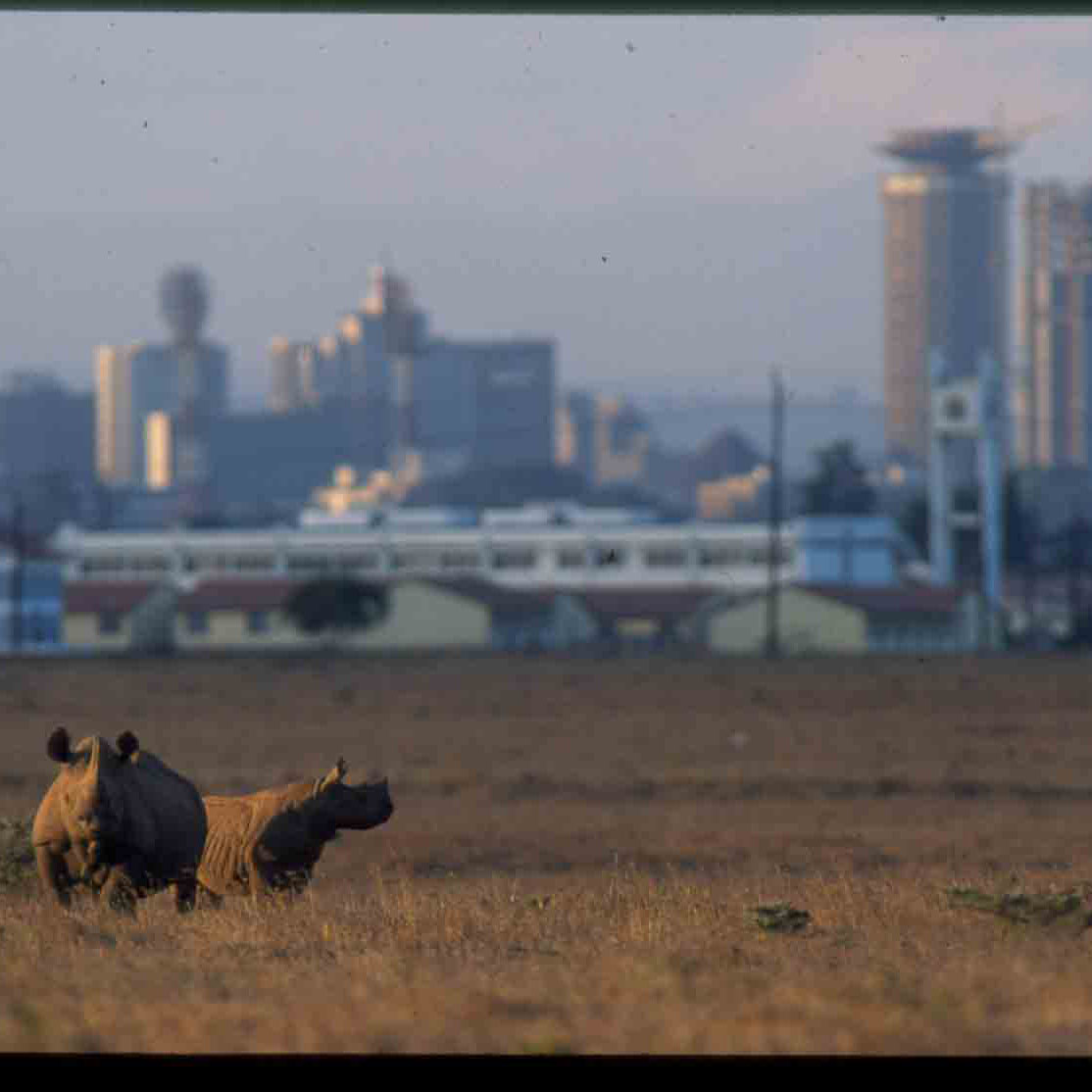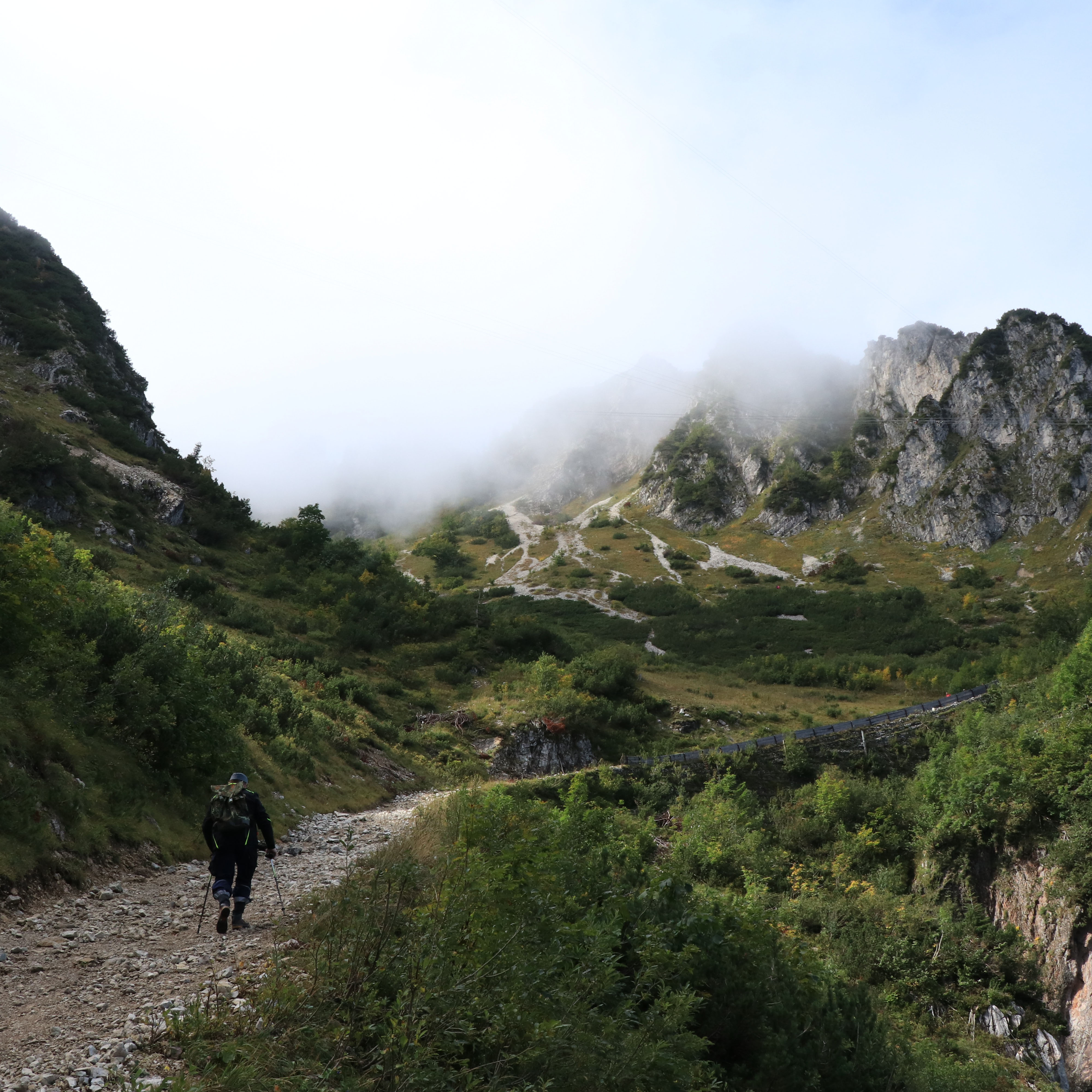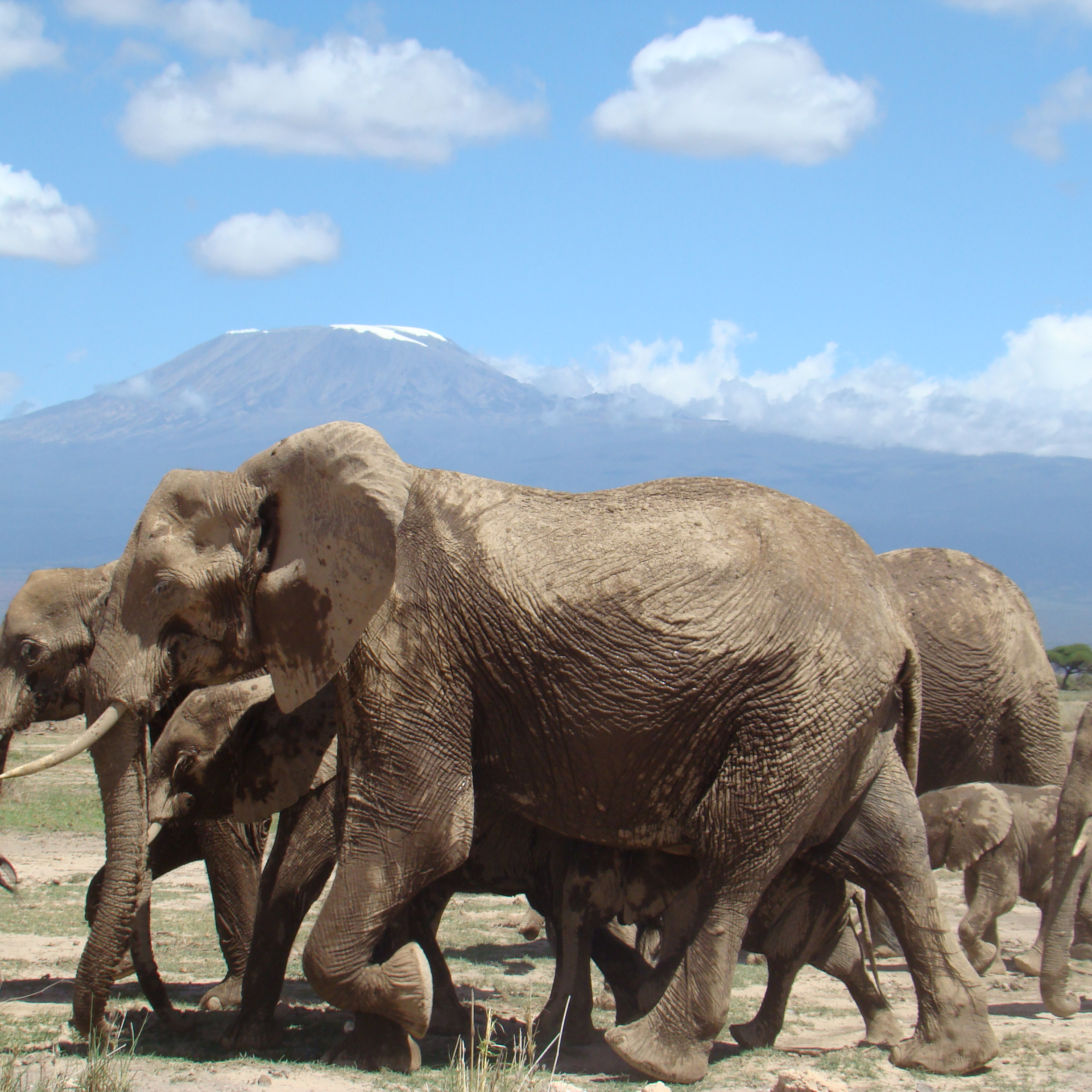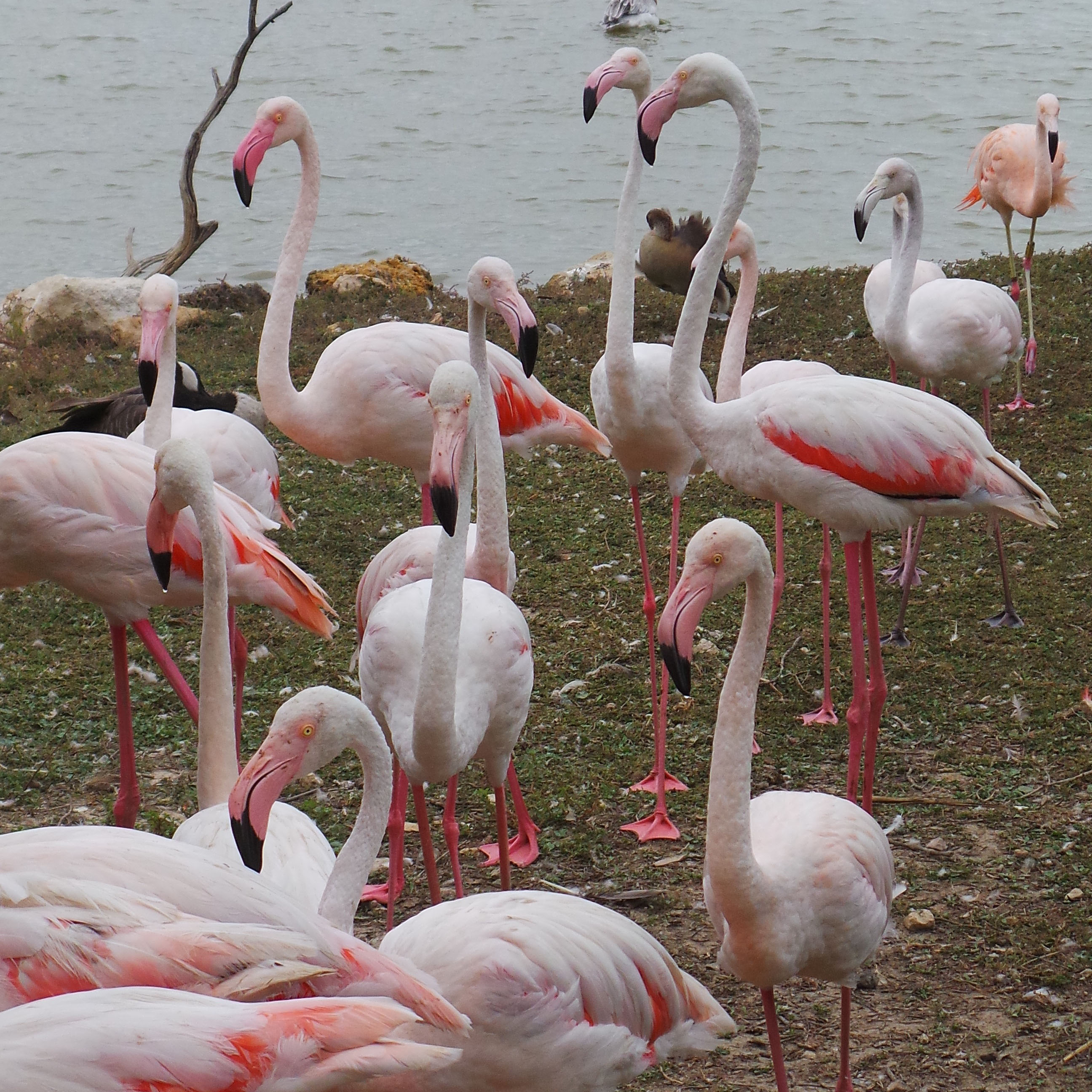Lake Manyara national park
Lake Manyara national park
Lake Manyara national park, which encompasses an area of 330 sq.km, of which 200 sq.km is lake, was proclaimed a game reserve in 1957 and registered three years later as a national Park. The park is situated between the 600 m high escarpment of the Great Rift Valley and Lake Manyara and is 130 km from Arusha
Thus, it can be visited on a day excursion from this centre. At the Southern end of the park are hot Sulphur Springs known as Majimoto. Further along the forest the area opens up into woodlands, grassland, swamps and beyond, the soda lake itself.
Lake Manyara is also renown for its tree-climbing lions which spend most of the day spread out along the branches of acacia trees six to seven metres above the ground. The park contains the most pachyderms per km sq. in Tanzania. As visitors enter the gate, they pass into the lush forest, home to troops of baboons and blue monkeys. Buffalo and hippo lurch in the adjacent Hippo Pool. The vegetation eventually merges into flat topped acacia woodland where, in the heat of the day entire prides of lion can be seen stretched on the branches of these trees - a habit prevalent to Manyara lions.
Along with these amazing tree-climbing lions there are the usual browsers and grazers as well as the curios-looking banded mongoose. Two thirds of the park is dominated by the slightly alkaline lake which is home to a huge variety of waterbirds.
Nestling at the base of the Great Rift Valley escarpment, the park is recognized for its incredible beauty. Wildlife at Lake Manyara is not restricted to bird life only. Many game animals such as Buffalo, Elephant, Giraffe, Impala, hippo and a great variety of smaller animals also inhabit the park.
More than 400 species of bird including flamingo, pelican, red billed quelea, storks, sacred ibis, cormorants and Egyptian geese can be sighted in this area.
Other species of birds include the African spoonbill, lesser flamingo, white pelican and white faced duck.
Although Lake Manyara National Park is only 325 square kilometers (125 square miles), the shallow, alkaline lake consumes the majority of this area. The land portion of the Park is situated between the lake and the sheer rock walls of the Rift Valley escarpment that tower 610 meters (2000 feet) above. The Park is home to three distinct habitats including a lush groundwater forest, open floodplains and acacia woodlands. In just a two-hour round-trip foray into the Park, it is possible to see all the main highlights – offering the ideal quick safari for travelers who are short of time.
Lake Manyara National Park is a birding paradise, especially for waterfowl and migrants. Its lush green forests are one of the best places to see leopards. Lions hunt on the grassy shores of the lake, and are known for their habit of climbing trees. Superb game viewing is offered throughout the year but is at its peak from December to February and from August to September.
